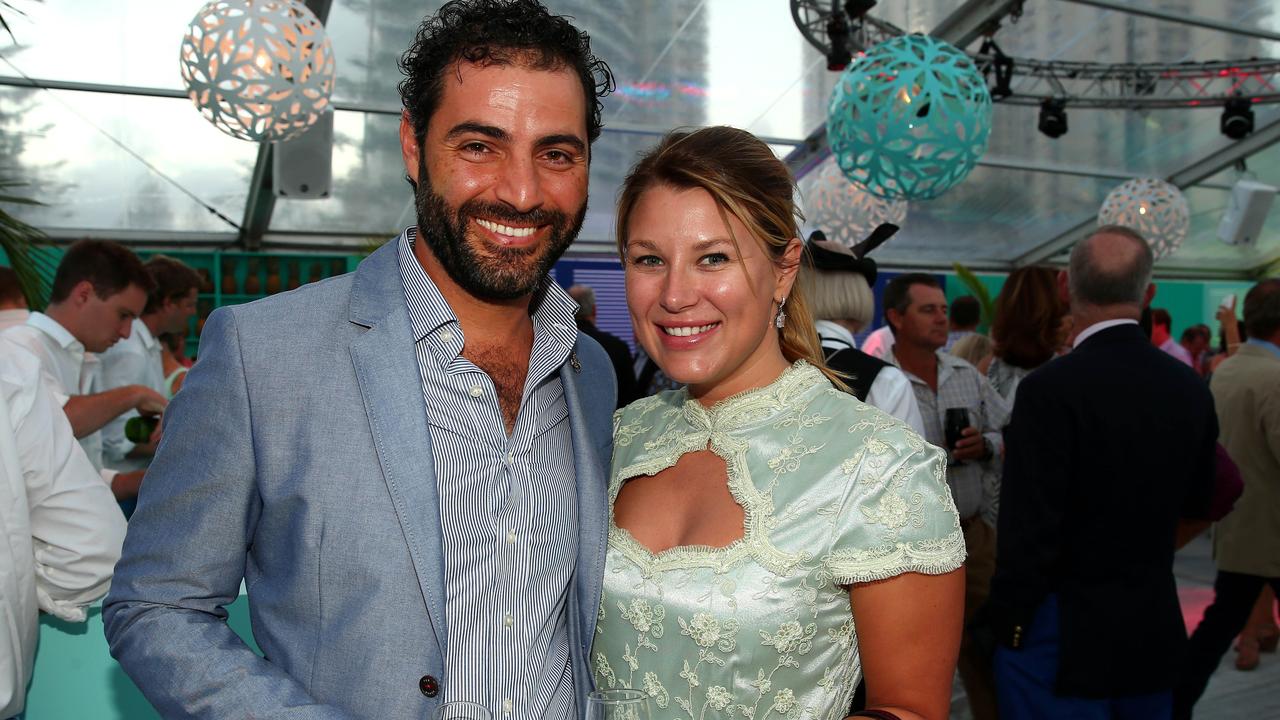The controversial scandals surrounding France’s teen queen
When Marie Antoinette died under the heavy blow of the guillotine, the scandal was just the beginning.
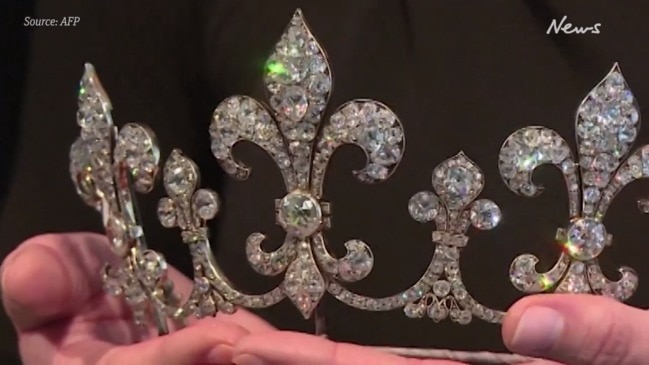
Nobody haunts French history quite like the country’s last queen, Marie Antoinette.
When the blade of the guillotine came down on the former Hapsburg princess’s head on October 16, 1793, her death was celebrated by French revolutionaries, ecstatic to bid the extravagant queen adieu forever.
Crowned in 1770 when she was only 18, the teenage queen was quickly embraced by her subjects.
Yet by the time of her execution, 23 years later, she was reviled.
Detestably nicknamed “Madame Deficit” by the public and her enemies at court, Marie’s lavish lifestyle symbolised the unchecked extravagance of the French elite and led to her gruesome beheading.
RELATED: The horniest kings of England
RELATED: The gruesome beheading of Mary Queen of Scots
RELATED: How a Queen lost her head: The beheading of Anne Boleyn
But her unabashed decadence, disregard for royal protocol, and gambling away of the monarchy’s money while her kingdom starved, only scratch the surface on the scandals surrounding the queen.
In 1792, the monarchy was abolished by the French revolution, and Marie and her husband, King Louis XVI were condemned for treason after attempting to escape to Austria. Yet it was the libellous caricatures and gossip about her hedonistic behaviour, trysts with palace guests, illegitimate children and diamond swindling that ultimately cost the queen her head.
THE SORDID AFFAIRS
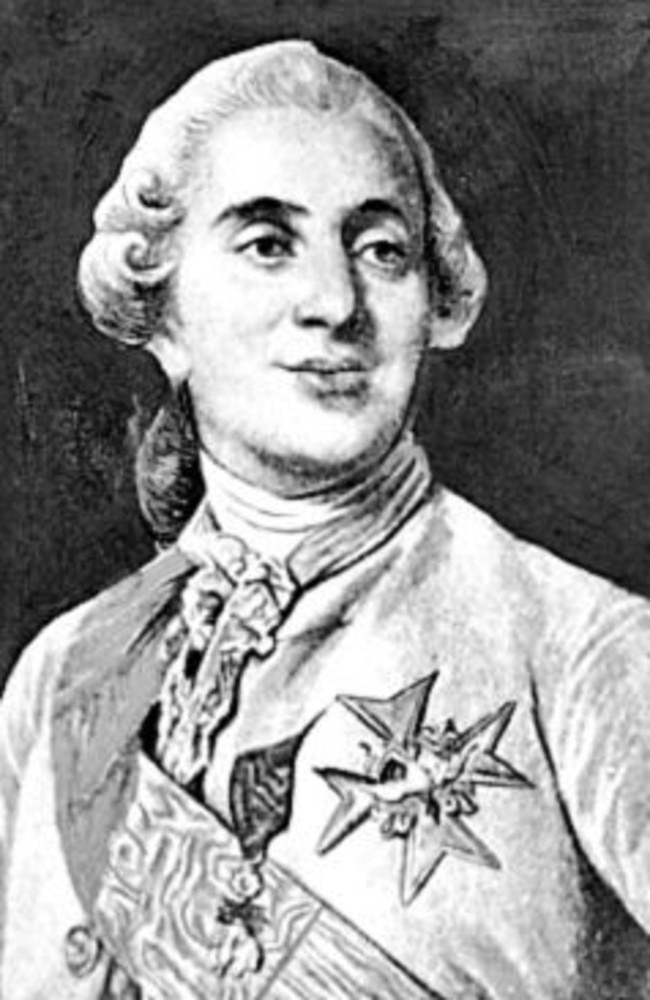
Despite the friendship they eventually forged, the marriage between King Louis XVI and Marie got off to a rocky start, after word spread that their wedding night had been a disaster and the couple only consummated their marriage after seven years as husband and wife.
Historians believe this was likely because the King suffered from phimosis — in which a tight foreskin can cause painful erections — which he eventually fixed with surgery.
Unable to be intimate with her husband, the young Queen turned her gaze to parties, games, and — according to palace rumours — other men and women.
An anonymous pamphlet from 1783 alleged that “debauchery and agitation of passions were observed in Marie Antoinette’s life … Men, women, everything was as she liked. She was satisfied with everything”.
While Louis XVI famously never took a mistress, revolutionaries made pornographic caricatures and spread propaganda of Marie’s trysts with palace guests, rumoured to take place in her apartments at Versailles.

Most damning were the allegations that came during her trial.
On the first day, the prosecution delivered a bombshell and presented a testimony by her young son, Louis XVII, that he had had sex with his mother and his aunt.
The former queen, however, denied the claims in a stirring speech, saying: “Nature refuses to answer such a charge brought against a mother. I appeal in this matter to all the mothers present in court.”
ILLEGITIMATE CHILDREN TO A SWEDISH COUNT
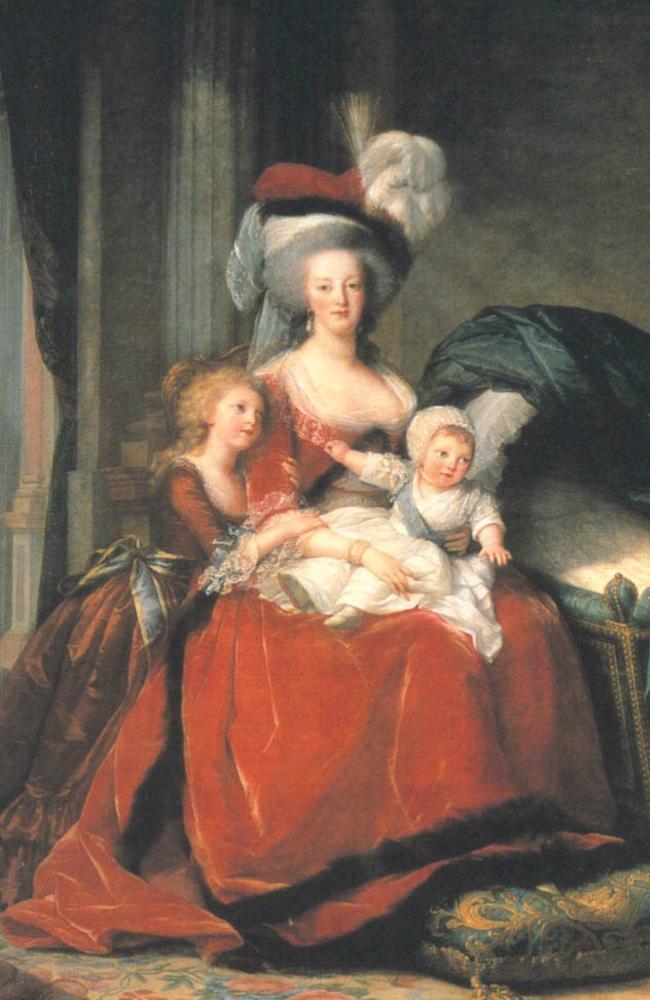
While many of the rumoured trysts Marie was involved in haven’t been confirmed by historians, one that is known for her certain is her amorous affair with the Swedish Count Fersen, who often lingered by her side.
Historians have long debated the nature of their relationship — whether it was romantic, sexual or merely platonic — but a damaging rumour stemmed from their interactions, with many believing that at least two of the royal heirs were fathered by the Count.
Revolutionaries — who depicted the Queen as a frivolous thief and traitor to her husband and country — suggested that her daughter Sophie, who died as an infant, was fathered by Marie’s Swedish lover.
While it’s impossible to establish the paternity of her children or ever truly understand Marie and the Count’s relationship, the two did exchange intimate letters, which were published two centuries after the Queen was guillotined.
“I love you and will love you madly all my life,” he wrote.
The Queen, in turn, wrote back that he was “the most loved and loving of men” and unabashedly told him that “my heart is all yours”.
THE DIAMOND NECKLACE THAT HASTENED HER DOWNFALL
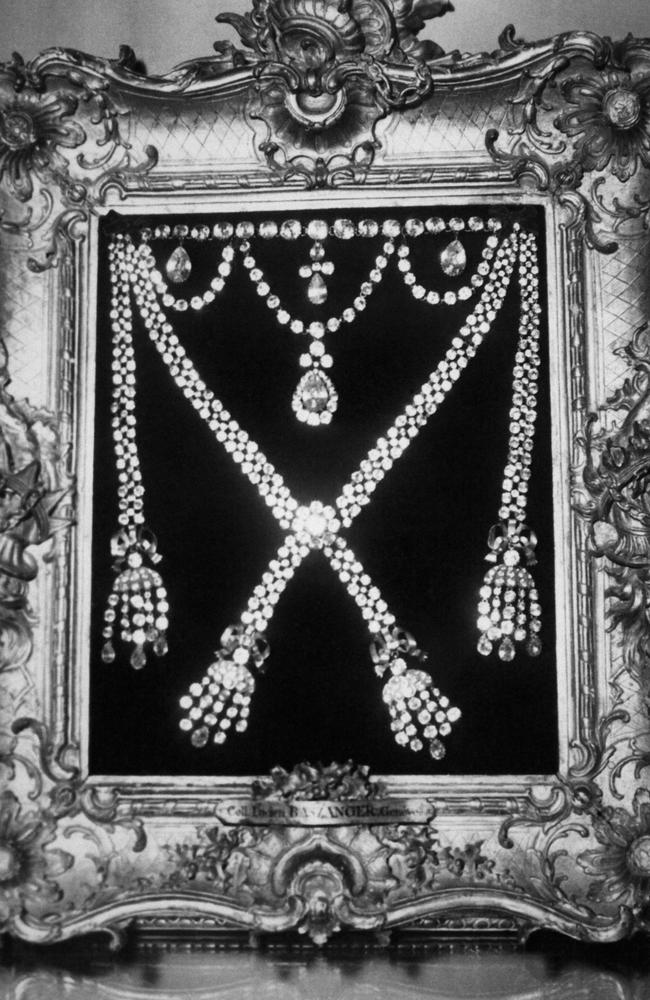
The final straw that led to demands for the Queen’s execution involved millions of dollars’ worth of diamonds, forged correspondence, and a sex worker.
Two jewellers nearly went broke creating a 2800 carat necklace for King Louis XV’s mistress, Madame Du Barry, only for the King to die before he could purchase it.
When the jewellers offered the necklace to the King's son — Marie’s husband — she discouraged him from buying it, arguing that the money (roughly $15 million today) could be better spent on the French navy.
Thus, the 650 diamonds languished in the jewellers’ possession until inveterate con-artist Jeanne de Lamotte Valois devised a plot to pull herself out of debt by acquiring the necklace and selling it for parts.
Lamotte, who was the mistress of prestigious Cardinal de Rohan, convinced him that he could return to royal favour if he could procure the necklace for the Queen — even as he had fallen out of with both Marie and her mother.
She then had her lover, a forger, write letters to the cardinal in Marie’s hand, asking him to buy the necklace — until he eventually agreed. So devious was Lamotte that she even hired an escort who resembled the Queen to meet with the Cardinal in the gardens of Versailles one night.

When the jewellers presented the necklace to the Queen’s footman for delivery, little did they know that it was Lamotte’s lover in disguise, who immediately began selling off the individual diamonds in London.
When the cardinal could not make his first repayment for the necklace and the jewellers demanded compensation from the Queen — who had no knowledge of the necklace — the swindle was finally uncovered.
The King had the cardinal, Lamotte, the forger, and the prostitute arrested for having orchestrated the entire con, and he and Marie decided to publicly prosecute, in order to the defend their honour.
The decision had the opposite effect, further destroyed the reputation of the Queen, who many believed had manipulated Lamotte into wreaking havoc on her enemy the cardinal.
The affair entirely discredited the monarchy in the eyes of the people, and Marie’s reputation would never recover from the incident.
In 1775, her mother Maria Theresa wrote a letter that would prove an early premonition of her daughter’s fate.
“You lead a dissipated life,” Maria wrote to Marie.
“I hope I shall not live to see the disaster that is likely to ensue.”



